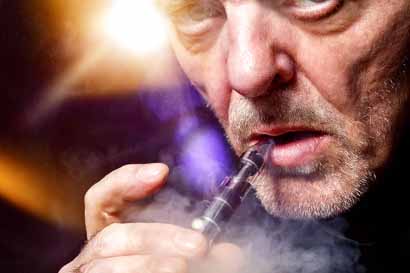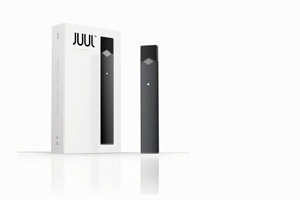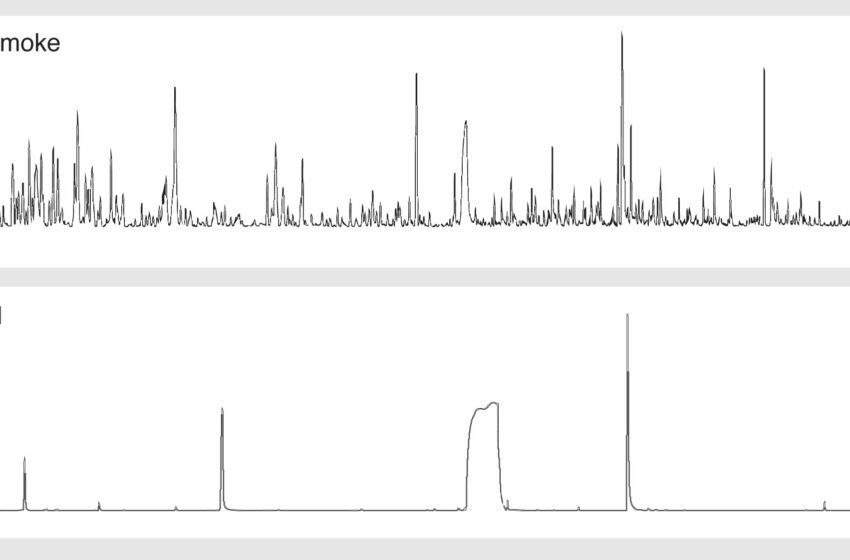The Food and Drug Administration (FDA) has authorized sale of the iQOS heated tobacco system in the U.S. market. FDA authorization follows review of the Premarket Tobacco Product Applications (PMTA) submitted by Philip Morris International Inc. (PMI). Philip Morris USA (PM USA), under an exclusive licensing agreement with PMI, will commercialize IQOS in the U.S. with three HeatStick variants.
“With FDA authorization, PM USA will introduce IQOS in the U.S. for adult smokers in Atlanta, Georgia, to learn as much as possible, as quickly as possible, and intends to make the most of the company’s first-mover advantage in heated tobacco,” said Howard Willard, chairman and chief executive officer of Altria. “IQOS has had terrific success internationally. We’re very excited to bring this platform to adult smokers in the U.S.”
There are approximately 40 million adult smokers in the U.S. and IQOS offers an innovative alternative to cigarettes. More than 7 million people around the world have fully switched to IQOS, according to PMI.
PM USA will test a range of marketing, sales and consumer engagement approaches to raise adult smokers’ awareness of IQOS, facilitate guided trial of the product and provide post-purchase support – all while taking steps to minimize reach to unintended audiences, consistent with the FDA order and marketing requirements.
To support the introduction of IQOS, PM USA plans to have a number of retail touchpoints in Atlanta, including an IQOS store at Lenox Square, numerous mobile retail units and HeatStick distribution in approximately 500 retail trade partner stores including Circle K, Murphy USA, QuikTrip, RaceTrac, Speedway and select additional retail partners.
“PM USA will act on market insights and expects to scale IQOS quickly and efficiently,” said Willard.
PM USA is adding IQOS to the Altria companies’ portfolio of products for adult smokers looking for an alternative to cigarettes. PM USA’s goal is to convert U.S. adult smokers interested in non-combustible alternatives to IQOS.
To secure market authorization under a PMTA, U.S. federal law obligates an applicant to demonstrate that marketing of a new tobacco product is appropriate for the protection of public health and requires the FDA to consider the risks and benefits to the population as a whole, including users and non-users of tobacco products.
The FDA is still reviewing PMI’s Modified Risk Tobacco Product (MRTP) application for IQOS, which the company submitted in December 2016. MRTP approval would allow the marketing of the product with modified risk claims.
Bonnie Herzog of Wells Fargo securities described the PMTA approval as a big ‘win’ for PMI and PM USA, as it represents the first premarket approval of an vapor/heat-not-burn product product by the FDA and “effectively sets the standard for all future premarket applications/approvals.”
“We believe PMTA approval confers an immense competitive advantage to iQOS,” she wrote.
Share this:










